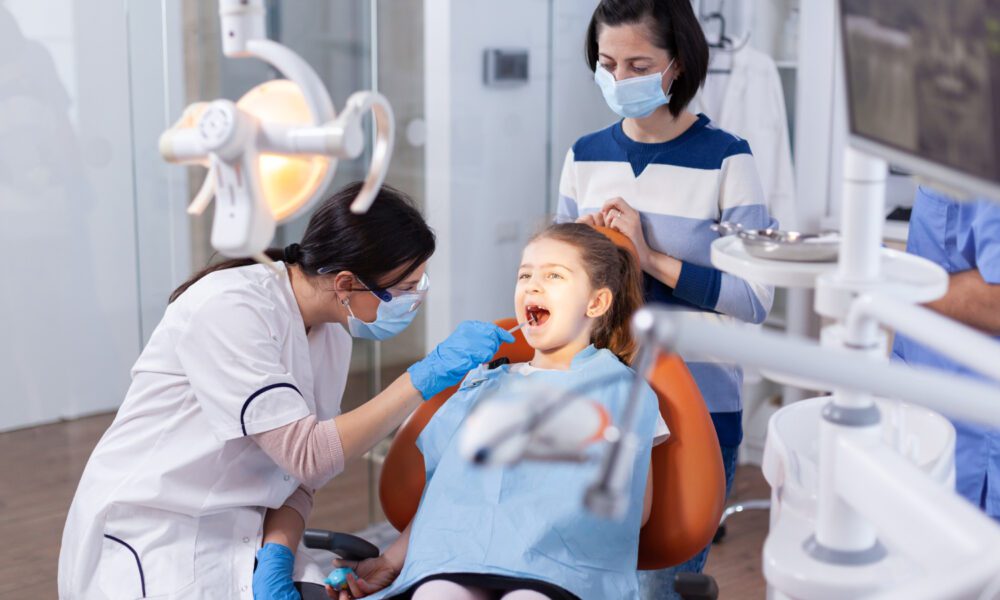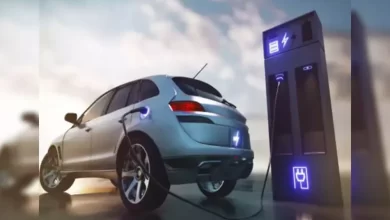The Latest Technologies Used by Children's Dentists

Pediatric dentistry has significantly evolved with the advancement of technology, improving both the efficiency of treatments and the comfort of young patients.
Digital X-rays: A Safer Alternative for Children
Digital X-rays use electronic sensors instead of the traditional photographic X-ray film. Unlike traditional X-rays that require chemical processing, digital images are immediately available, reducing the waiting time significantly.
Benefits of Digital X-rays for Children
The primary benefit of digital X-rays is the significantly lower radiation exposure compared to traditional X-rays. The radiation dose is reduced by as much as 70-90%, making it a safer option for children who are more sensitive to radiation. This reduction in exposure aligns with the ALARA (As Low As Reasonably Achievable) principle, which is crucial in pediatric healthcare.
Laser Dentistry: Minimally Invasive Treatments
Lasers can remove decay effectively without the need for drills, which can be intimidating and uncomfortable for children. For gum reshaping, lasers offer a bloodless procedure with minimal swelling and no need for sutures, enhancing the recovery process.
Parents often report that their children are more at ease and recover quicker from laser treatments compared to traditional methods.
Intraoral Cameras: Educating Young Patients
An intraoral camera is a small, handheld device equipped with a light and camera that allows dentists to capture images inside a patient’s mouth. The camera is roughly the size of a dental mirror and provides high-definition, real-time images that can be displayed on a screen accessible to both the dentist and the patient.
How Dentists Use These Cameras
Children’s dentists use intraoral cameras to provide a visual tour of the mouth’s interior. This real-time imaging is especially useful in pediatric dentistry as it helps young patients see and understand what is happening inside their mouths.
3D Printing: Revolutionizing Dental Appliances
3D printing is primarily used for creating orthodontic models and custom-fit appliances such as retainers and space maintainers. The customization possible with 3D printed dental devices is unmatched. Each appliance can be tailored to fit the unique contours of a child’s mouth, providing a comfortable and effective treatment.
Teledentistry: Remote Dental Care
Teledentistry involves the use of telecommunications technology to diagnose, consult, and treat patients remotely. In pediatric dentistry, this can include video consultations, sharing of digital photographs and radiographs of a child’s teeth, and remote monitoring of dental conditions.
Remote consultations via teledentistry can be particularly beneficial for initial assessments of dental issues and routine follow-ups.
Interacting with their dentist in a familiar home environment can help reduce fear and build trust before a physical dental visit is required. This gradual acclimatization can make actual dental procedures more manageable for anxious children.
Virtual Reality (VR) and Augmented Reality (AR)
Virtual Reality (VR) and Augmented Reality (AR) technologies are used to create immersive and interactive experiences that can distract and educate young patients during dental visits. VR involves using a headset to transport the child to a virtual world, whereas AR overlays digital information onto the real world, visible through devices like smartphones or AR glasses.
One of the primary applications of VR and AR in pediatric dentistry is distraction during dental procedures. VR can transport children to calming environments or engaging scenarios, effectively diverting their attention from the dental treatment.





